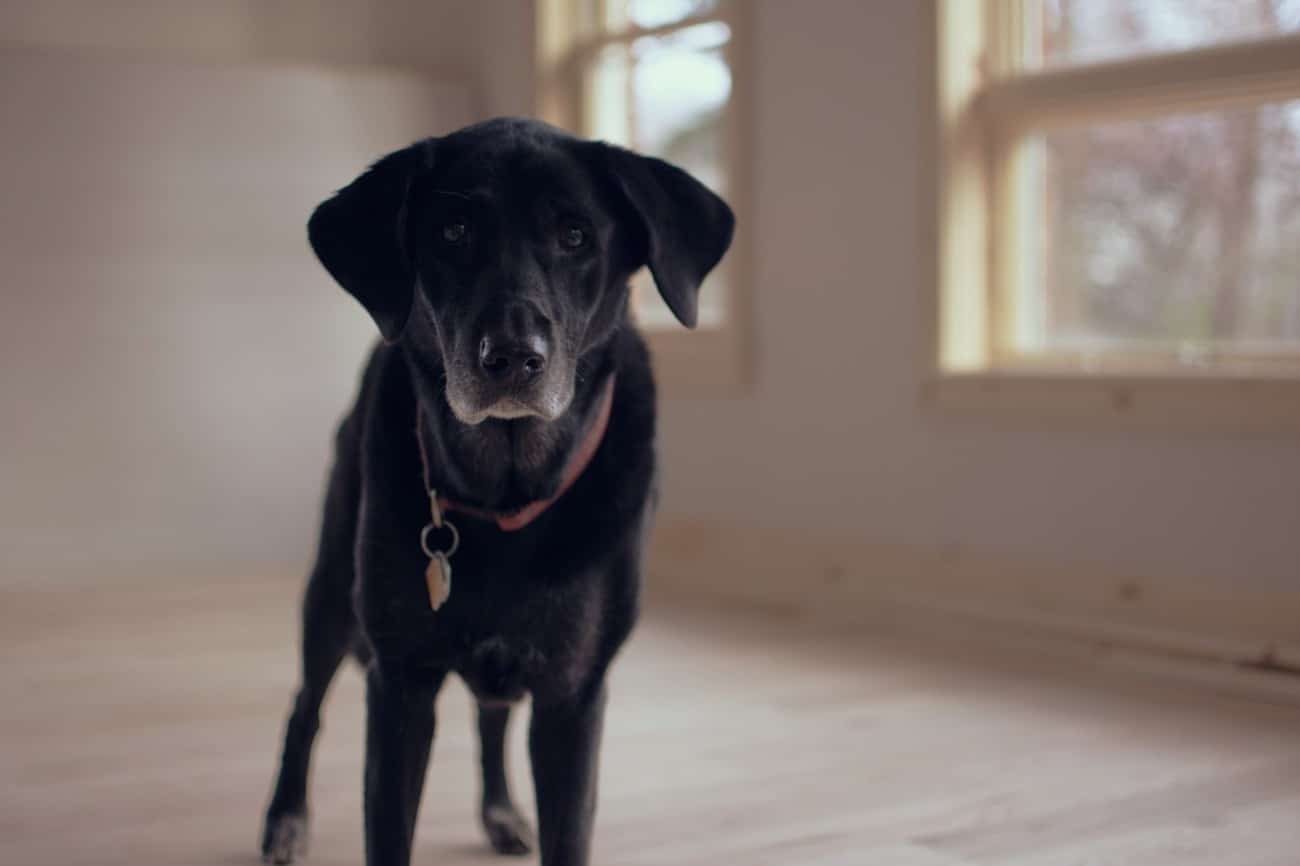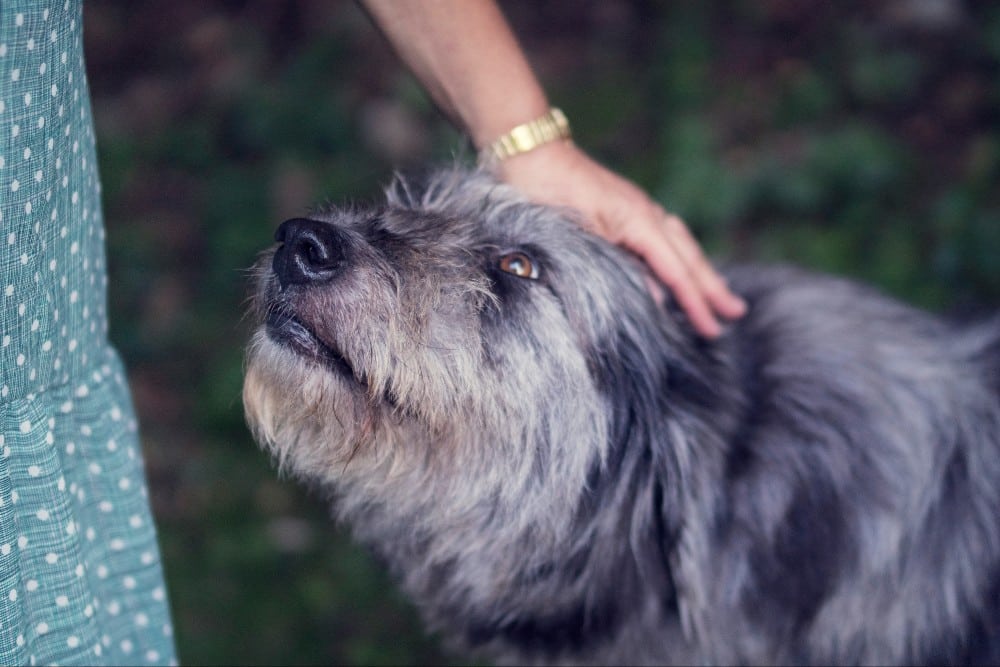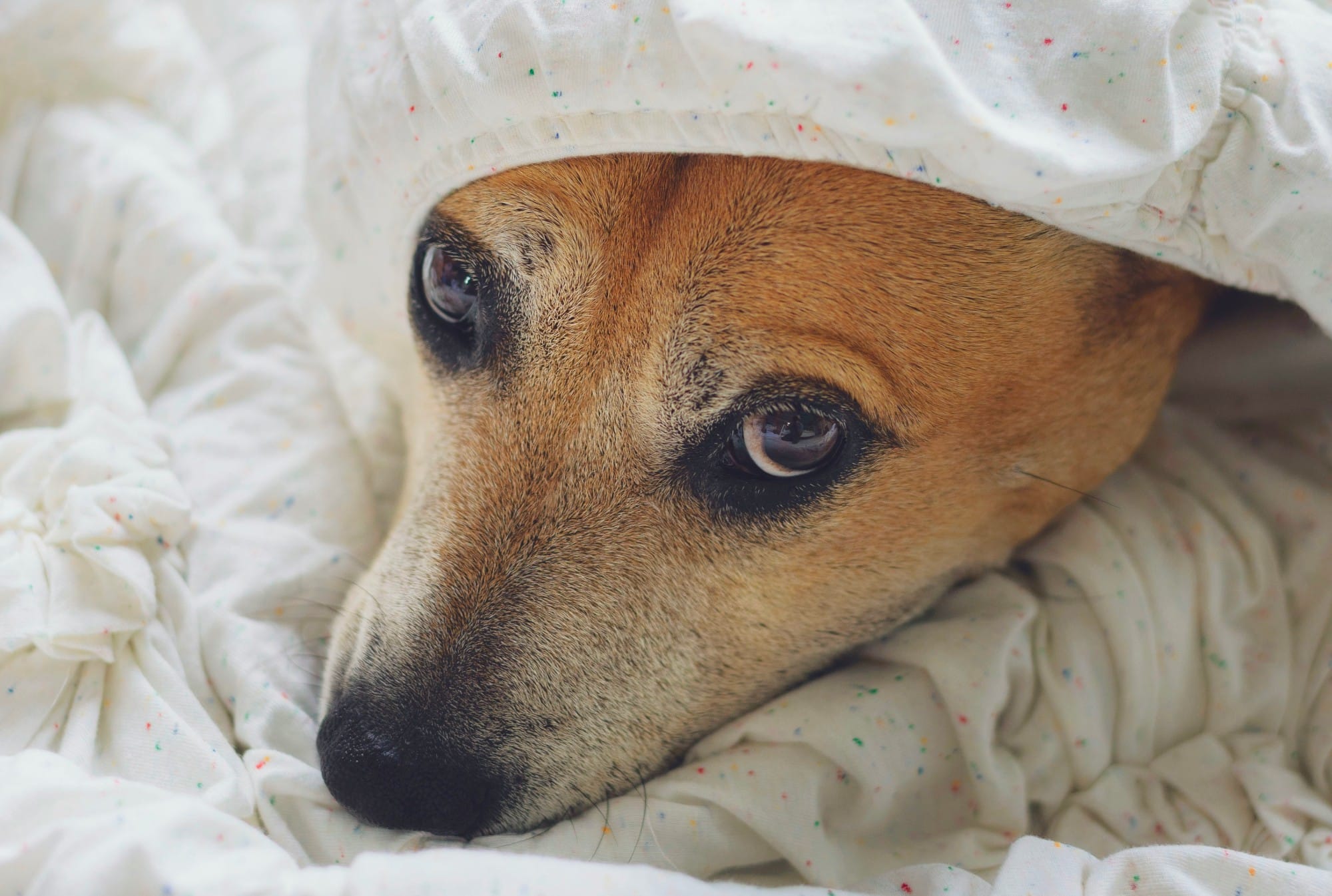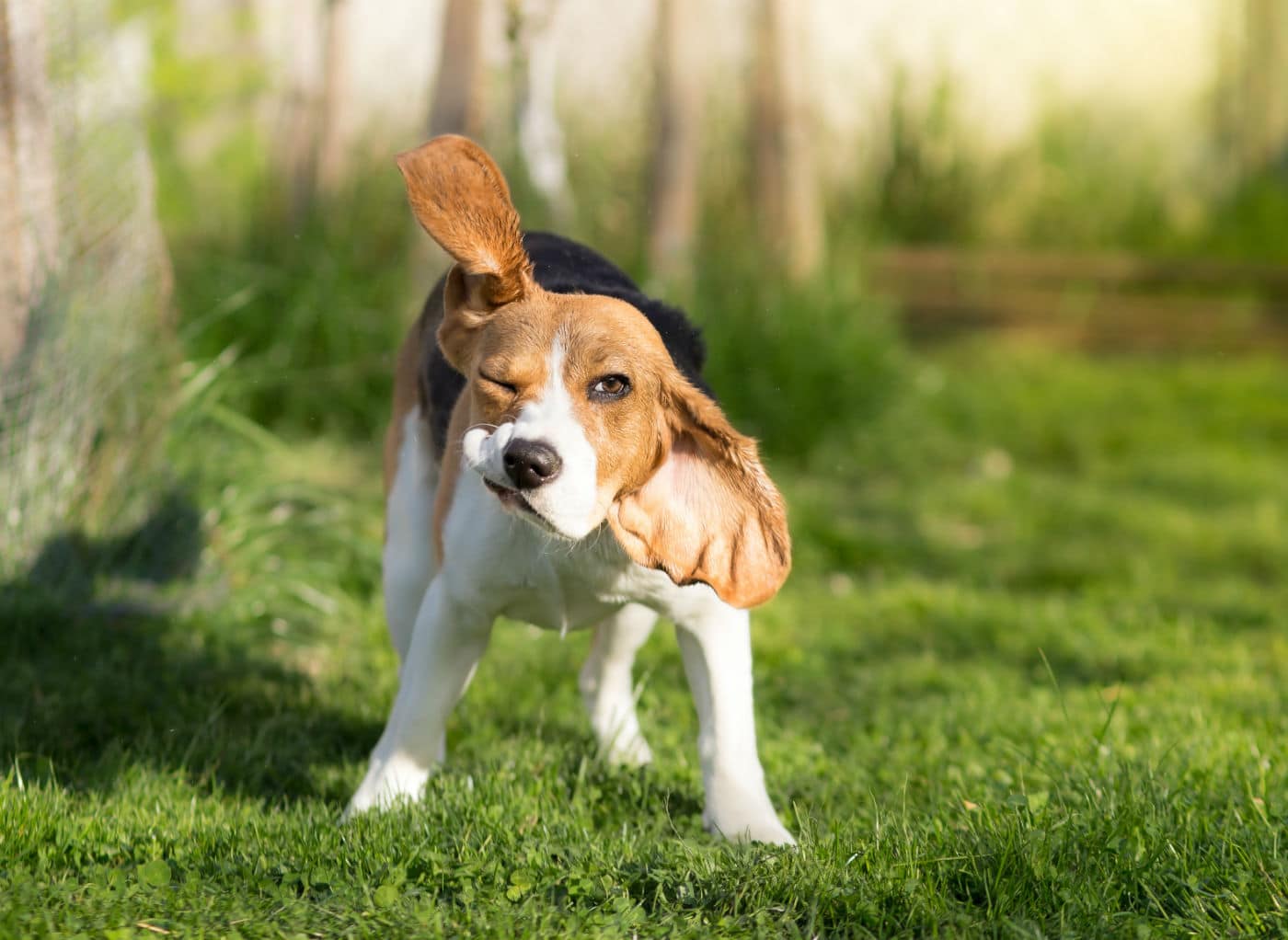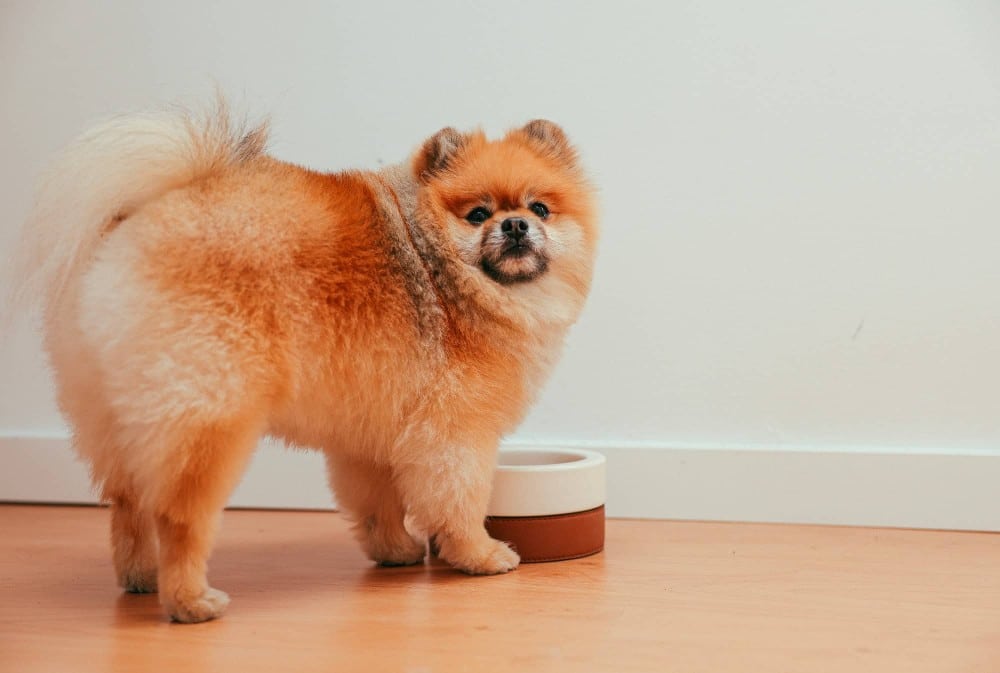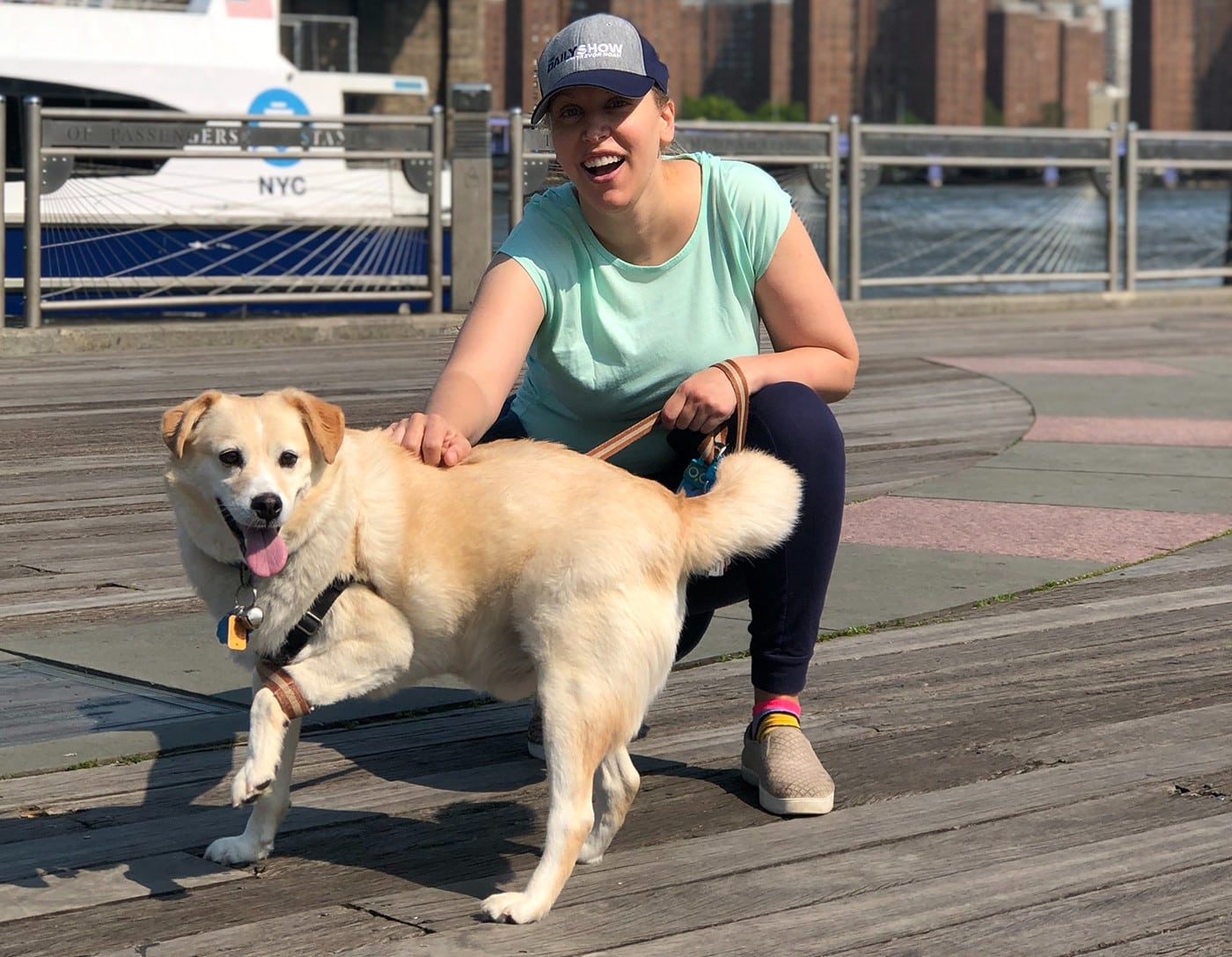Have you noticed that your typical rough-and-tumble dog isn’t moving like he used to? Or is having trouble getting off furniture, jumping into cars, or going upstairs? Does your best friend sit a bit awkwardly, or when he gets up there is a cracking and popping sound?
While there many reasons for these changes, one could be hip dysplasia, an inherited condition that adversely affects hip joint development. It can develop in puppies as early as five months old and get worse with time, or show up when dogs are seniors. The disease occurs when the thighbone ball doesn’t fit properly inside of the socket. If left untreated, hip dysplasia can lead to inflammation, osteoarthritis, cartilage loss, joint spurs, and bone damage.
Related: Senior Dog Suffering Pain From Arthritis? Here are 8 Alternatives to Giving Your Dog Drugs.
“Hip dysplasia has a genetic component. Certain breeds and their mixes are affected more frequently. These breeds include Golden Retrievers, Labradors, and Rottweilers. Pugs and French Bulldogs can also be affected,” explains Dr. Ruth Roberts, a former integrative veterinarian and holistic health coach. “Additional factors, such as early spaying and neutering, and an inflammatory versus anti-inflammatory diet, can play a role.”
According to Dr. Roberts, early signs of hip dysplasia in young dogs include bunny hopping, where the dog will not separate his rear legs when running. You may also notice that your pup has trouble getting onto the sofa, climbing stairs, or any other activity that requires a push from his rear end. As the disease progresses, the dog will have difficulty getting up and down. Other symptoms may include moderate lameness, a decreased range in motion, and stiff limbs when the dog gets up from a nap.
While hip dysplasia has traditionally been treated with surgery and pain control with non-steroidal anti-inflammatory medications, there are other things you can on a daily basis, including using more natural remedies, to make life easier for your pooch.
Un-Plump Your Pup
According to Dr. Roberts, weight management is critical when it comes to relieving the pains of hip dysplasia.
“If your pet is overweight, he is going to have much more pressure applied to the rear end and more effort is required to move around. Also, excess weight actually stores inflammatory molecules that can worsen the pain,” explains Dr. Roberts.
Related: Your Plump Pooch’s Extra Pounds May Be Due to ‘Obesity Gene’
One study concluded that feeding your puppy 24 percent smaller portions starting when he is eight weeks old led to a 46% lower chance of hip dysplasia.
To mitigate the pain of hip dysplasia, you may also consider putting your dog on a fresh food diet. This includes lean beef, fresh veggies like kale or carrots, and whole grains.
Always consult your vet before changing your dog’s diet.
Exercises and Physical Therapy for Dogs with Hip Dysplasia
“Any exercise designed to strengthen the big muscles in the rear and improve mobility,” Dr. Roberts said. She suggests simple walks, including going up hills, along with teaching your dog sit-to-stand exercises.
Another way to combat hip dysplasia is through therapy. Joint mobilization movements and massages can help your pet regain his mobility and ease his discomfort.
“Dysplastic dogs that have received proper exercise and physical therapy can participate in any activity they want to. However, dogs that have more advanced symptoms are often limited to short walks, swimming, and any other exercise that has less impact on the joints,” Dr. Roberts says.
Natural Supplements
Enhance your dog’s diet with natural supplements to boost joint lubrication, decrease inflammation, and promote cartilage growth.
“High doses of omega-3 fatty acids and probiotics should be used first and foremost, as the microbiome imbalance produces anti-inflammatory molecules. Other options include curcumin, boswellia, and CBD,” says Dr. Roberts.
Alternative Therapies
Alternative therapies that may alleviate the pains of hip dysplasia include:
- Acupuncture: May relieve inflammation, slow down joint degeneration, and promote circulation
- Cold Laser Therapy: May increase blood circulation and stimulate cell regeneration
- Pulses Electromagnetic Field Therapy: May decreases inflammation and may boost tissue repair rates
Related: New Study Is Looking to Help Dogs With Arthritis Using Stem Cells
Dog Beds for Hip Dysplasia
Special dog beds can help your pup get a serene slumber while preventing him from placing too much weight on his joints.
“For pets with advanced symptoms of osteoarthritis, Tempur-Pedic foams and other types of orthopedic foam beds are best,” said Dr. Roberts.
By managing your pet’s weight, using natural supplements, and providing him with the appropriate exercises, you can alleviate his pain from this disease.













